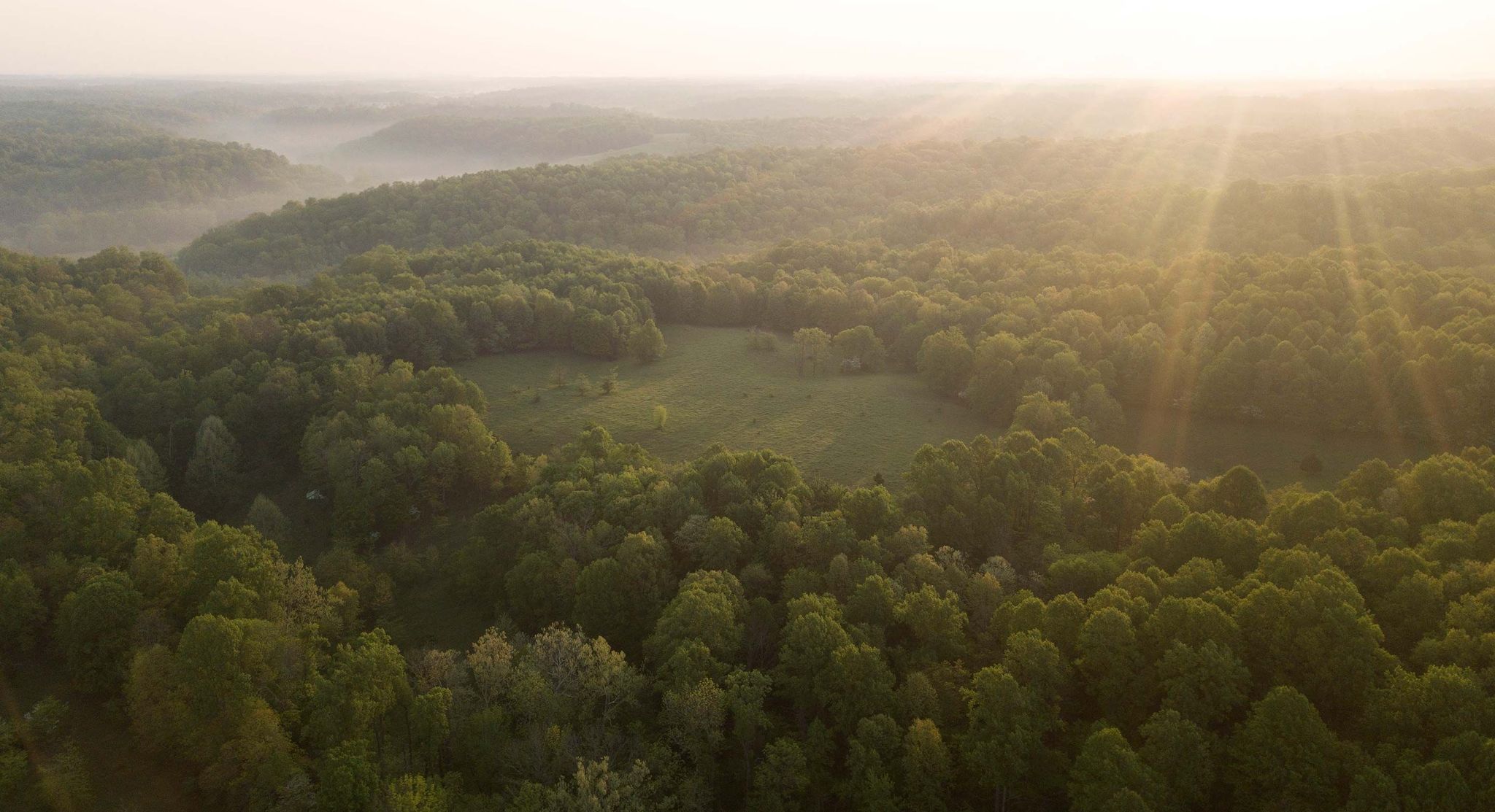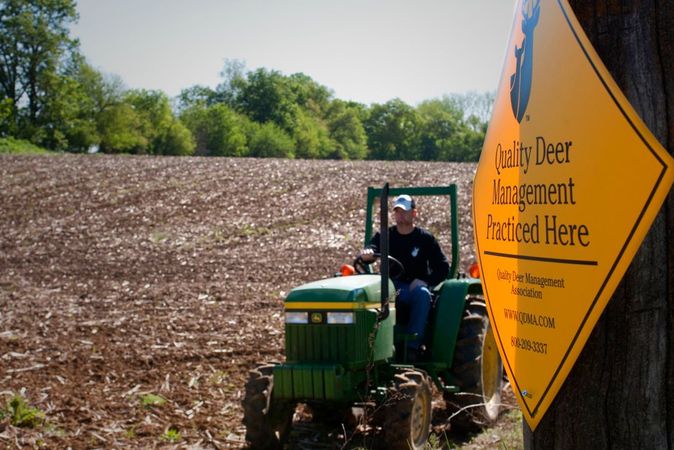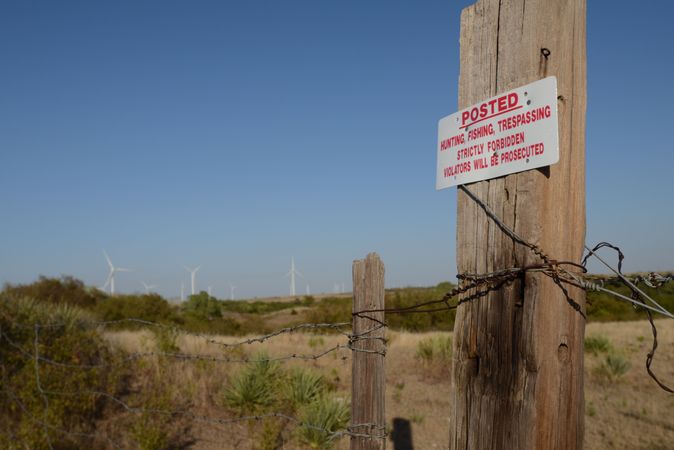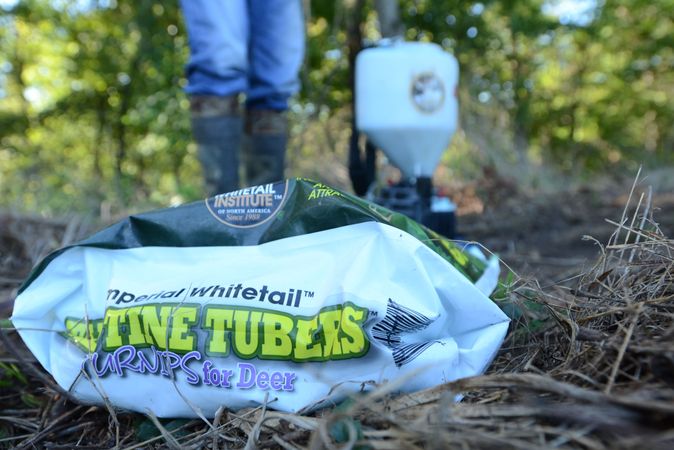By the early 20th century, hunters had left their mark on the waterfowl population in North America. Due to overharvesting ducks throughout the year, some were on the brink of extinction. “Being shot at all seasons of the year, [wood ducks] are becoming very scarce and are likely to be exterminated before long,” wrote Joseph Grinnell in 1901, who was a naturalist and editor of Forest and Stream magazine.
Then, in a story for the ages, conservationists banned together after recognizing how dire the problem was. Through the Migratory Bird Hunting Stamp Act of 1934, as well as sound wildlife management practices, populations began to rebound. The legislation helped to bolster duck habitat by preserving wetlands through the sale of duck stamps.
Today, our duck populations are stronger than ever, numbering in the tens of millions. While North American ducks are no longer in danger of extinction, we still have a duty as conservationists to do what we can to ensure their longevity. And part of that effort is learning waterfowl identification.
Bag limits on the different species of waterfowl are set in place to prevent overharvesting. So it’s best to be familiar with all of the species of ducks in your area to not only stay within the boundaries of the law, but to do your part in conservation. Below, we’ve compiled a list of the most popular ducks harvested by hunters. Click here for a comprehensive list.
Mallard
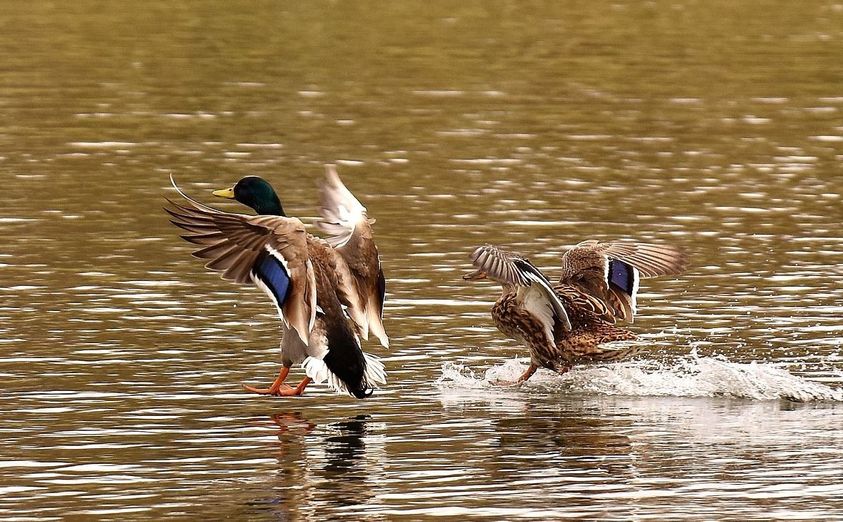

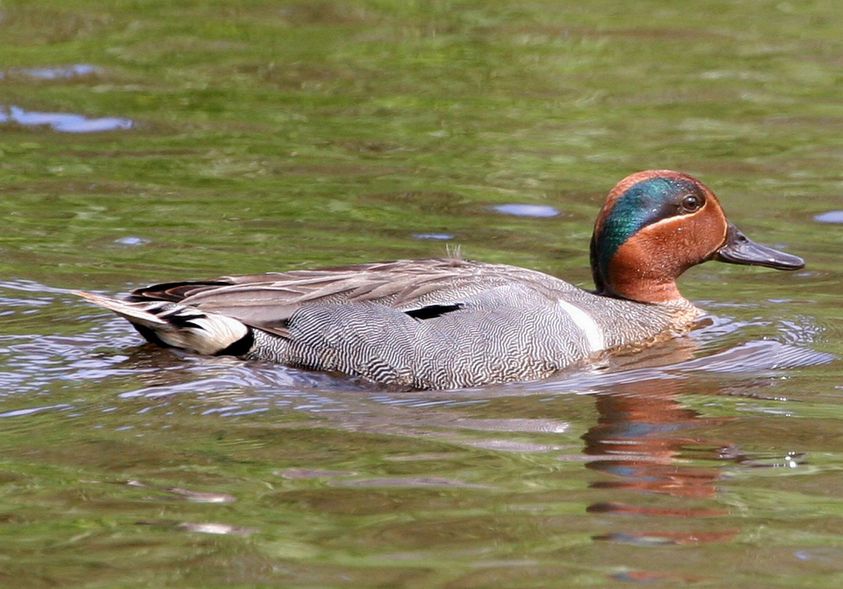
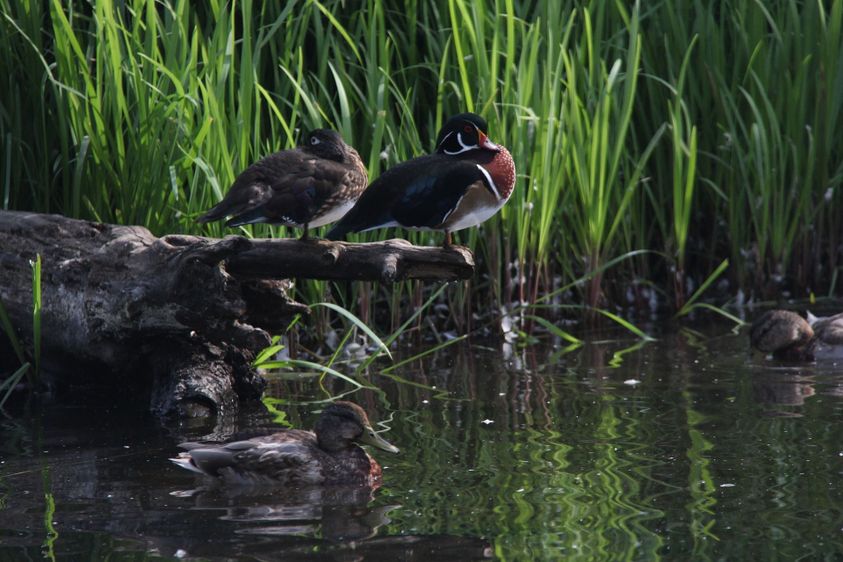
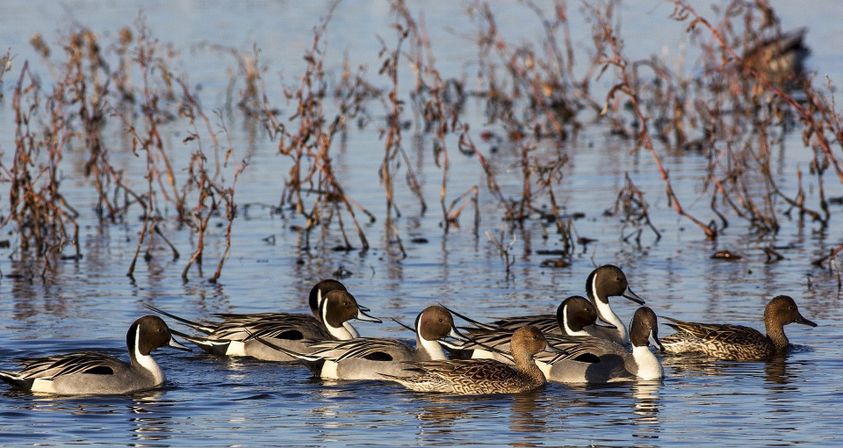
Pintails are found in high numbers in freshwater and intermediate marsh along a coastline. The ducks get their name from the elongated middle tail feathers. A drake has a brown head with a white stripe running it’s length on each side, down to its body, which is also white. It has a blue-gray bill and gray feet. The hen has a dark brown body that is lighter in color on the head, with a blue-gray bill and feet. You can identify a pintail by their angled wings and wedge-shaped tail.
Canvasback
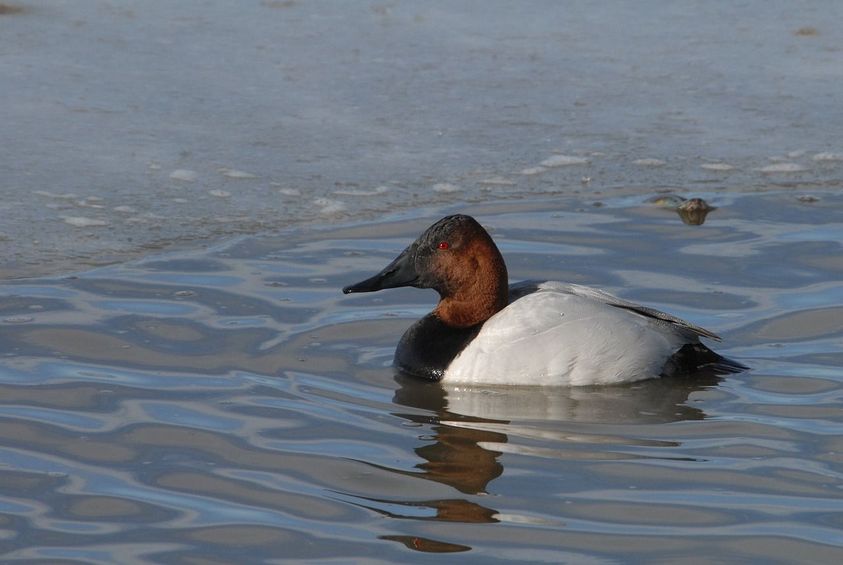

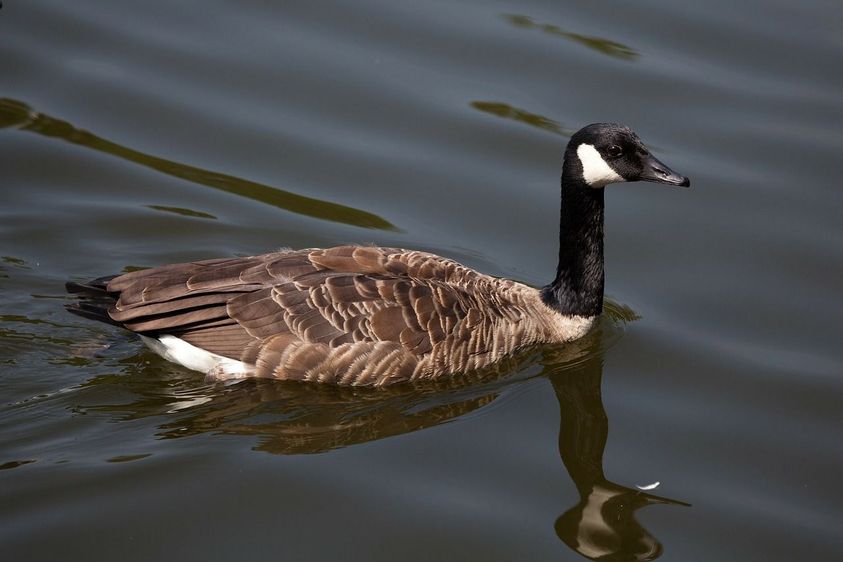
Unlike ducks, both sexes of Canada geese have almost identical markings. They each have a black head and neck, with a white cheek patch near the eye. The body ranges from gray to dark brown, with a black rump. The bill, feet and legs are black. The difference lies in the size of the female, which is smaller.
Light Geese
Snow
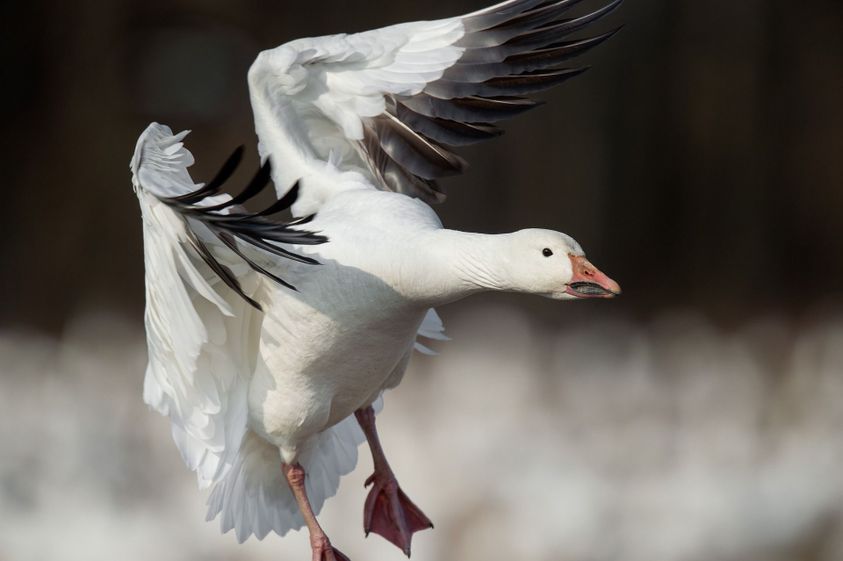
Light geese include snow and Ross’, two species of ducks that have exploded in population in recent years. Snow geese have two color phases that include a dark blue plumage, as well as a white one. In the dark plumage phase, the geese have white heads and necks with blue-gray bodies. While in the white phase they are white with black wing tips. They have pink bills, feet and legs. Females are smaller than males.
Ross'

Ross’ geese are smaller than snows. They are white with black primary feathers. Distinguish them from snows by their shorter necks, smaller size and a quicker wing beat. Also, they have a reddish-pink bill, legs and feet. Like snows, females are smaller than males.
As you prepare for waterfowl season, be sure to study the markings of the ducks and geese you’ll be hunting. Conduct drills with a friend by having them hold up photographs of each, and try to pick out the species from just a glance, at a moment’s notice. Also, be able to identify them by their vocalizations.



